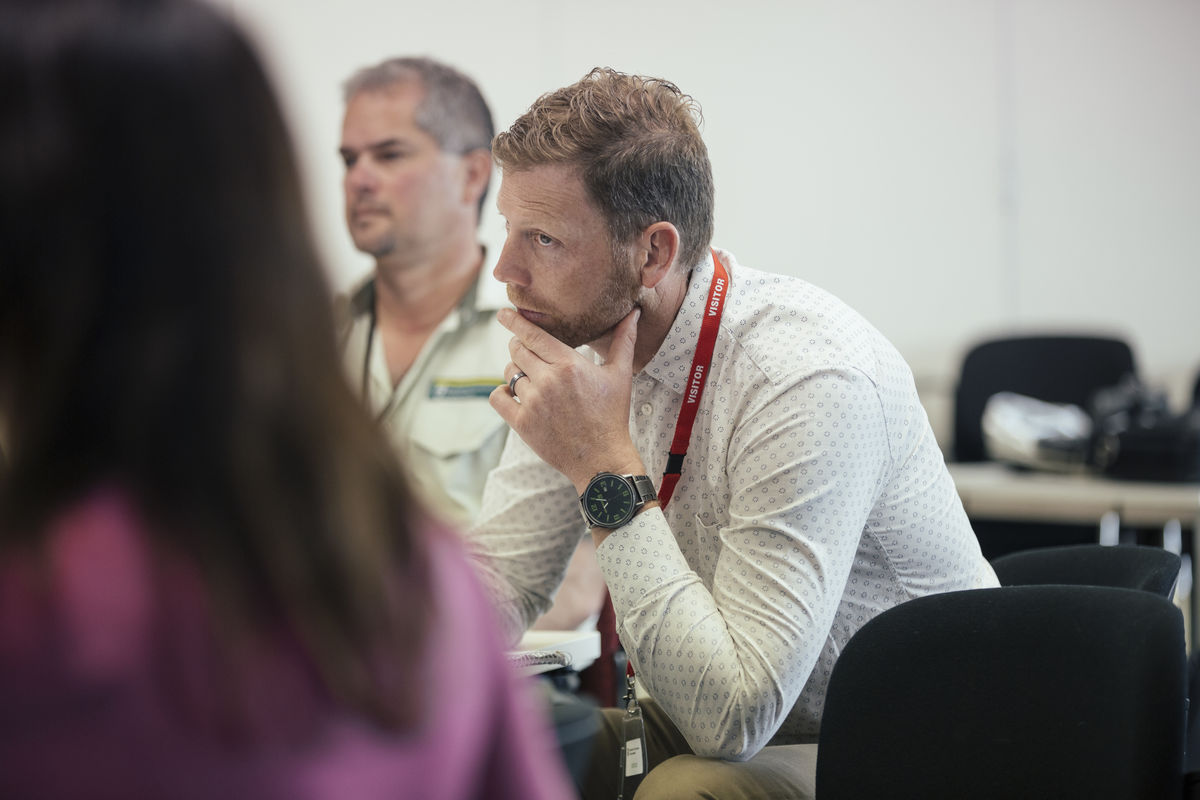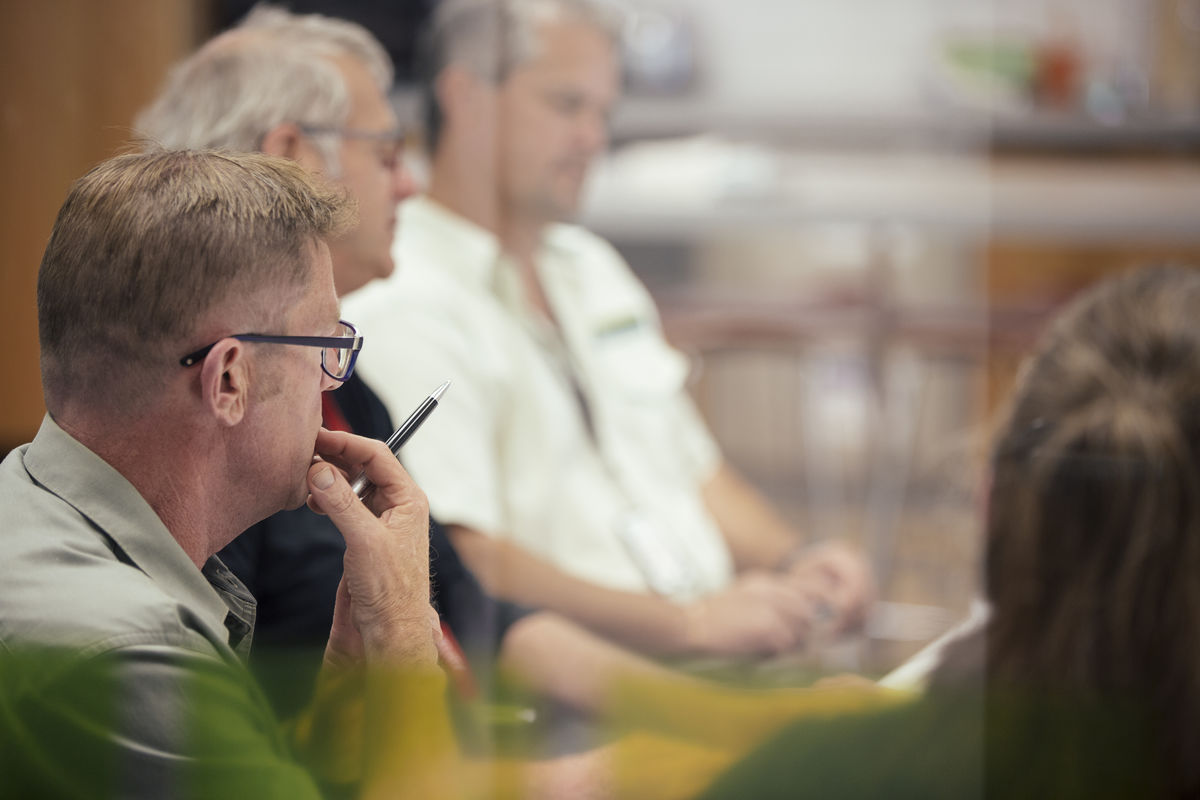
SPRINT Planning
What was the project about?
Living Water is mandated to try new ways of doing things. This applies to on-the-ground land and water management solutions, and also to the approach to work. Living Water was looking for innovative approaches to develop the FY18-23 strategic plans for the five catchments that would free staff from business-as-usual Department of Conservation (DOC) and Fonterra planning processes. Living Water also wanted to see if an investment-driven business planning approach could be usefully applied to landscape scale sustainability partnerships and programmes.
Living Water chose the Google SPRINT process. SPRINT was developed by Google Ventures as a five-day process for answering critical business questions through design, prototyping, and testing ideas with customers. It is a ‘greatest hits’ of business strategy, innovation, behaviour science, and design thinking packaged into a tested process. Teams working together in a SPRINT can shortcut the endless debate cycle and compress months of planning time into a single week. SPRINT was tested by Google over 100 times in order to perfect the process, and is typically used for product development, strategy development, business investment decisions and customer-focused improvement initiatives.
Living Water had already confirmed a vision and purpose, completed baseline research, and started thinking of a range of solutions. The next step was clarifying priorities and investment profiles via a customer/stakeholder lens, which SPRINT tools seemed to be geared towards doing.

How was the SPRINT Planning project undertaken?
SPRINT was used in the Waituna, Ararira-LII and Wairua catchments between March and May 2017 and in the Waikato Peat Lakes and Pūkorokoro-Miranda catchments in January to March 2018. The participants in each catchment included site staff, stakeholder organisations, invited experts and independent facilitators, and cost approximately $5000 for venues and catering.
SPRINT has a set five-day process and tools (www.gv.com/sprint). Living Water adapted this process to add an additional testing phase between days 3 and 4 due to the multi-stakeholder nature of land and water management and the desire to involve partners to ensure alignment, collaboration, scale and diversity in the final project mix. The total timeframe therefore varied between catchments from 4 to 6 weeks. Living Water adapted the SPRINT process and tools for the different catchments based on lessons learnt from previous catchments. FY18-23 Strategic Plans were completed for all catchments and are being used to prioritise annual investment to achieve desired impacts.
What lessons were learnt from the project?
There is anecdotal evidence of increased stakeholder engagement in Living Water and increased Living Water staff buy-in to strategic plans, which were the primary output of the project.
As a planning process for the partnership SPRINT had both advantages and disadvantages. An identifiable advantage was using a process people weren’t familiar with created some intrigue for the experts and testers, anecdotally increasing their responsiveness and engagement. Working as a team in a venue away from the normal office environment and bringing the stakeholder/customer view into the planning process by directly involving stakeholders also enlivened the process.
SPRINT is principally designed for products, services, and business strategies ‘owned’ by the organisation doing the development. Living Water does not solely own the land and water management challenges it is trying to solve, so stakeholder testing needed to be built into the process. That step extended the timeframe so much that it was no longer really a ‘sprint’.
SPRINT had some useful new tools and techniques, but as a structured process may not have been the most suitable approach considering the lack of goal clarity that still existed at the sites at the time. It’s useful to know ‘the goal’ or ‘product idea’ first and then use SPRINT.
SPRINT requires quite a different mind-set than other traditional approaches, so participants need to be prepared for this. It’s important to establish a ‘trust environment’ within the team before doing a process like this, and brief participants on how the process will run and the opportunity for idea- generation. Managers need to free their staff completely from business-as-usual work to participate in SPRINT, as some Living Water participants could only partially participate due to other commitments.
Where is more information available?
Contact Living Water’s National Manager, Sarah Yarrow ([email protected])